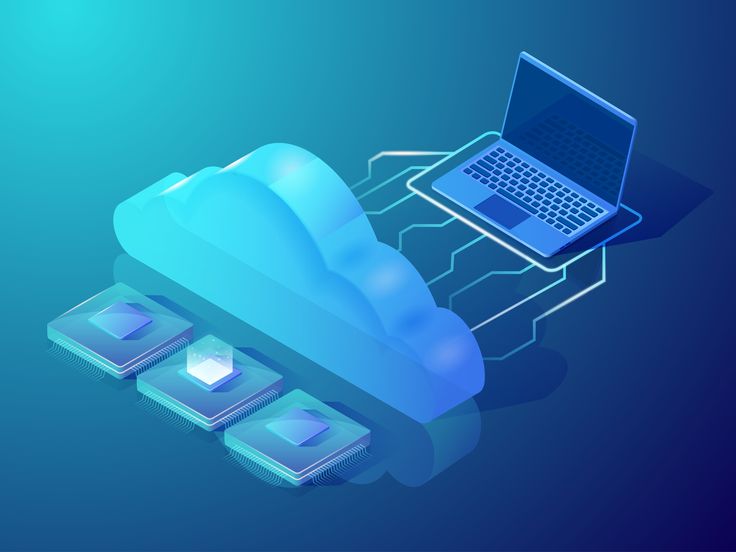Cloud computing has revolutionized the way businesses and individuals store, manage, and process data. It provides scalable resources on demand, eliminating the need for expensive on-premises infrastructure. To effectively leverage cloud computing, it is essential to understand its different models. These models are categorized based on service offerings and deployment methods.
Cloud Computing Service Models
Cloud computing is primarily categorized into three service models:
1. Infrastructure as a Service (IaaS)
IaaS provides virtualized computing resources over the internet. It offers essential infrastructure components such as servers, storage, and networking, allowing businesses to scale their IT resources as needed. Users can deploy and manage their own applications while the cloud provider maintains the underlying hardware.
Examples: Amazon Web Services (AWS) EC2, Microsoft Azure Virtual Machines, Google Compute Engine (GCE).
Key Benefits:
- Pay-as-you-go pricing
- Scalability and flexibility
- Reduced hardware costs
2. Platform as a Service (PaaS)
PaaS provides a platform that enables developers to build, test, and deploy applications without managing the underlying infrastructure. It includes operating systems, databases, and development tools, allowing businesses to focus on application development rather than server maintenance.
Examples: Google App Engine, Microsoft Azure App Services, Heroku.
Key Benefits:
- Faster application development
- Simplified management
- Cost-effective scalability
3. Software as a Service (SaaS)
SaaS delivers software applications over the internet on a subscription basis. Users can access these applications via web browsers without the need for installation or maintenance. SaaS is widely used for business applications such as email, customer relationship management (CRM), and enterprise resource planning (ERP).
Examples: Google Workspace (Gmail, Drive), Microsoft Office 365, Salesforce.
Key Benefits:
- No installation or maintenance required
- Accessible from anywhere
- Automatic updates and security patches
Cloud Computing Deployment Models
Cloud computing can also be categorized based on how it is deployed and who has access to the services.
1. Public Cloud
Public cloud services are available to anyone over the internet and are hosted by third-party providers. These services are cost-effective and scalable, making them ideal for startups and businesses with fluctuating workloads.
Examples: AWS, Google Cloud Platform (GCP), Microsoft Azure.
Key Benefits:
- Cost-effective and scalable
- No maintenance required
- High availability
2. Private Cloud
A private cloud is dedicated to a single organization and can be hosted on-premises or by a third-party provider. It provides enhanced security and control, making it suitable for businesses with strict compliance requirements.
Examples: VMware Private Cloud, OpenStack, IBM Cloud Private.
Key Benefits:
- Enhanced security and privacy
- Customizable infrastructure
- Better compliance with industry regulations
3. Hybrid Cloud
A hybrid cloud combines both public and private cloud environments, allowing businesses to balance workloads based on security, performance, and cost requirements. Critical applications can run in the private cloud, while less-sensitive operations can leverage the public cloud.
Examples: AWS Outposts, Microsoft Azure Hybrid, Google Anthos.
Key Benefits:
- Greater flexibility
- Optimized costs
- Enhanced disaster recovery
4. Multi-Cloud
A multi-cloud strategy involves using multiple cloud service providers to avoid vendor lock-in, improve redundancy, and optimize performance. Organizations can choose different cloud providers for different workloads based on cost and features.
Examples: Using AWS for storage, Google Cloud for machine learning, and Azure for enterprise applications.
Key Benefits:
- Reduced dependency on a single provider
- Improved disaster recovery
- Best-of-breed solutions for different needs
Conclusion
Understanding different cloud computing models helps businesses choose the right solution based on their needs, budget, and security concerns. Whether opting for IaaS, PaaS, or SaaS, and deploying on a public, private, hybrid, or multi-cloud environment, selecting the right model can optimize efficiency and reduce operational costs. As cloud computing continues to evolve, businesses must stay updated on emerging trends and innovations to stay competitive in the digital landscape.

